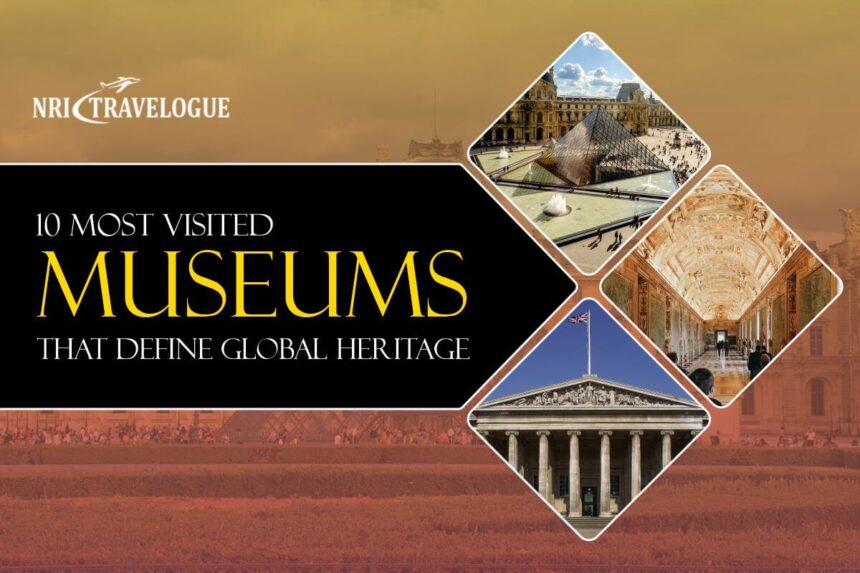Have you ever stood in front of a painting on an ancient artifact and felt something stir inside you? Maybe curiosity or even a chill down your spine? That’s what museums actually do. They remind you that you are a part of something much bigger, a global story. Museums are way more than just quiet buildings filled with old stuff. They’re actually living time capsules. They protect human creativity, celebrate history, and teach you about cultures that you might never experience firsthand. And the best part? Millions of people around the world feel the same pull.
1. The Louvre Museum – Paris, France
Estimated visitors per year: 8–9 million
Let’s start with the king of museums in the world- Louvre. It’s not just the most visited museum in the world, it’s practically a pilgrimage site for smart lovers. Let’s be real, most visitors rush in for a selfie with Mona Lisa. But if you take the time to explore the museum, it is a journey through 9000 years of art.
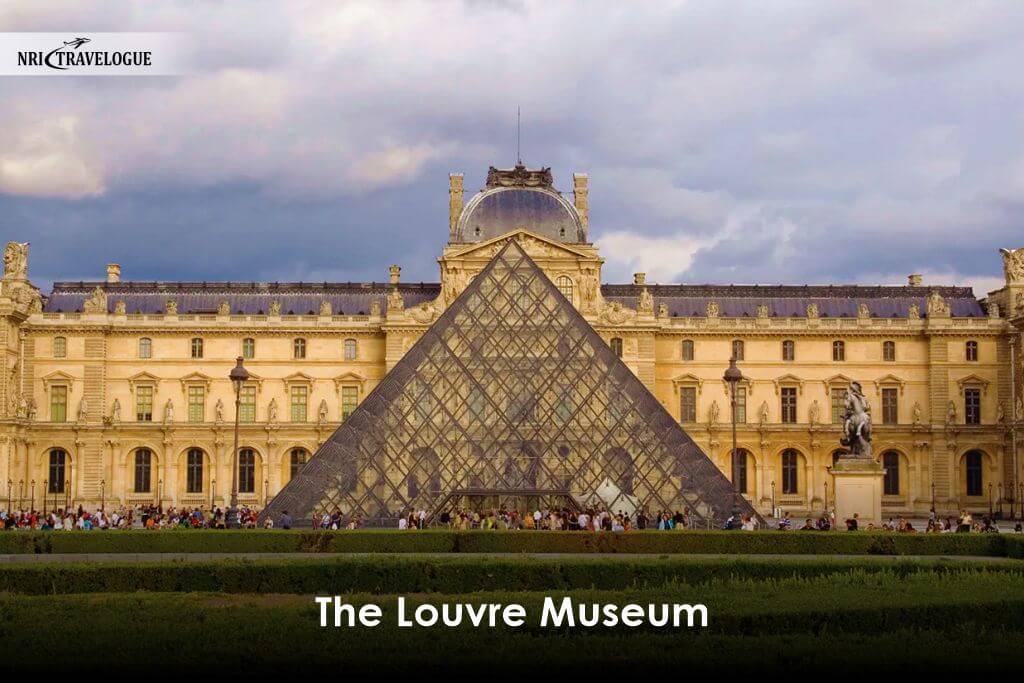
From Egyptian mummies to Greek statues to Renaissance masterpieces, the place is completely packed wall to wall with jaw-dropping works. The museum is huge. Don’t try to see it all in one go. You can just pick a section like Islamic art or Greek antiques and really enjoy it. Standing beneath the glass pyramid at sunset fields are magical, it’s like the past and present are shaking hands.
2. Vatican Museums- Vatican City
Estimated visitors per year: 6–7 million
Vatican City is the tiniest country in the world with one of the biggest art collections. People travel across oceans just to look up at the Michelangelo ceiling in the Sistine Chapel, and it’s completely worth the neck strain. But the Vatican museums offer so many more giant tapestries, Greek sculptures, and golden halls that look like something out of a dream.
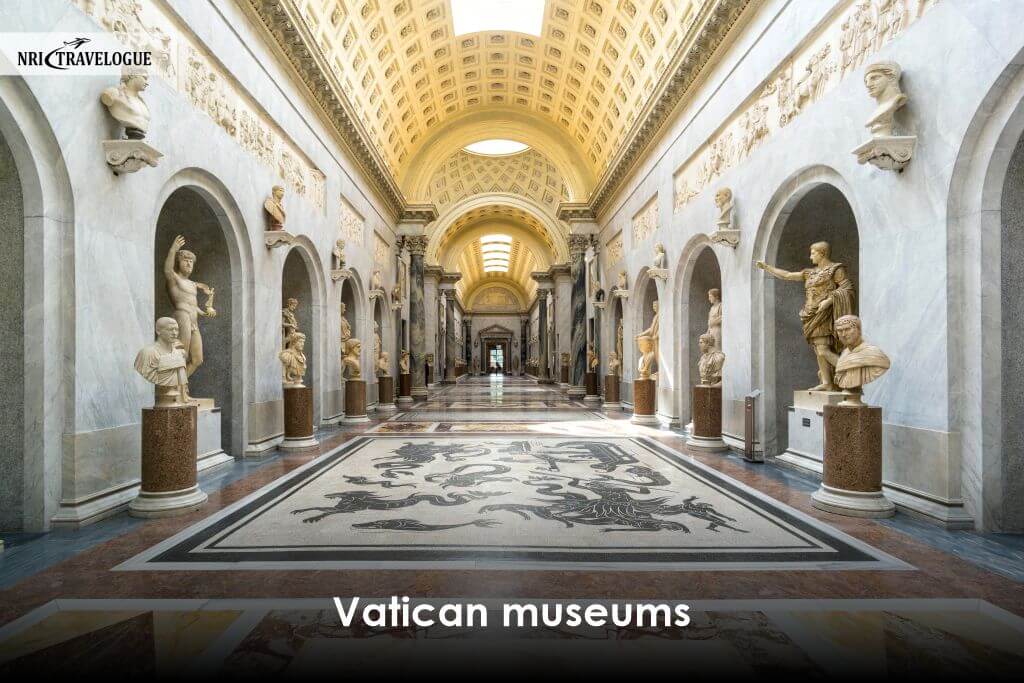
It is one of the most famous museums. You must book an early morning tour if you want to see it without the crowd. You don’t have to be religious to feel moved here. The silence, the art, the history all come together in a powerful way.
3. The British Museum – London, UK
Estimated visitors per year: 6–6.5 million
You walk in and the Rosetta stone is just sitting there. No big deal, just one of the most important artifacts in human history. It’s free, and it’s totally got a little bit of everything from ancient Egypt? Check Roman coins, African art, and Chinese ceramics? You bet. The Rosetta stone, mummies and artifacts from every corner of the globe are really special. You can just grab a floor map.

The museum is massive and easy to get lost in a good way. You can see a 3000-year-old mummy and realize someone lovingly wrapped that body thousands of years ago when you get chills.
4. The Metropolitan Museum of Art – New York City, USA
Estimated visitors per year: 5.5–6 million
New Yorkers call it the Met, and it’s a cultural icon. It’s like 20 museums and one. You have got ancient Egyptian temples, European paintings, African masks, fashion exhibits, and even a rooftop garden with a stunning view of Central Park.
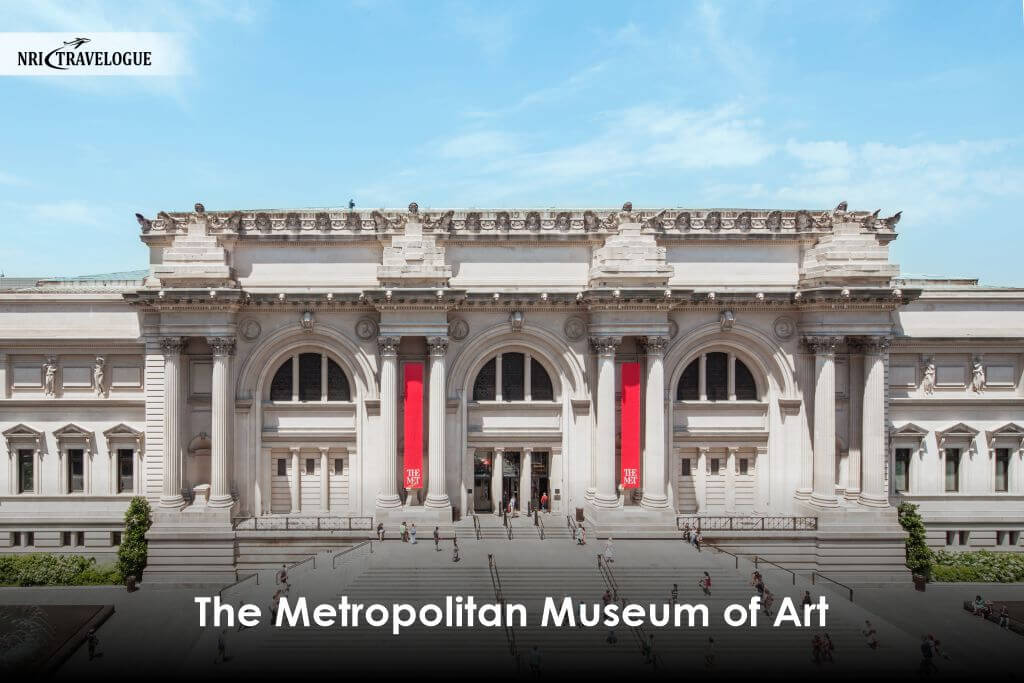
Don’t skip the American wing; it is one of the most peaceful parts of the museum. The human moment here is watching kids staring wide-eyed at the suits of armour, some dreams are born right there.
What’s special:
- The Temple of Dendur (an actual Egyptian temple!)
- Works by Rembrandt, Vermeer, Monet, Van Gogh
- American decorative arts
- Costume Institute (hello, Met Gala)
5. Natural History Museum – London, UK
Estimated visitors per year: 6 million
From dinosaurs to gemstones, the place brings science to life. The main entrance hall is completely stunning. A giant blue whale skeleton floats overhead while kids gaze up and wonder.

You can find exhibits on volcanoes, evaluation of animals, and outer space. You must go midweek or fewer crowds and check out the behind-the-scenes tours if you want to see real labs and collections. Kids pressing against the glass to stare at the T Rex is a human moment. You can practically see the imaginations exploding.
What’s special:
- Dippy the Dinosaur (fan favorite!)
- Gemstone and mineral collections
- Human biology and the planet Earth zones
- Interactive science fun for all ages
6. National Museum of China – Beijing
Estimated visitors per year: 7 million
It might not be a household name globally but it is one of the most visited museums on earth. It celebrates 5000 years of Chinese history from ancient bronzes and jade to communist revolution. It’s massive and also located in the center.
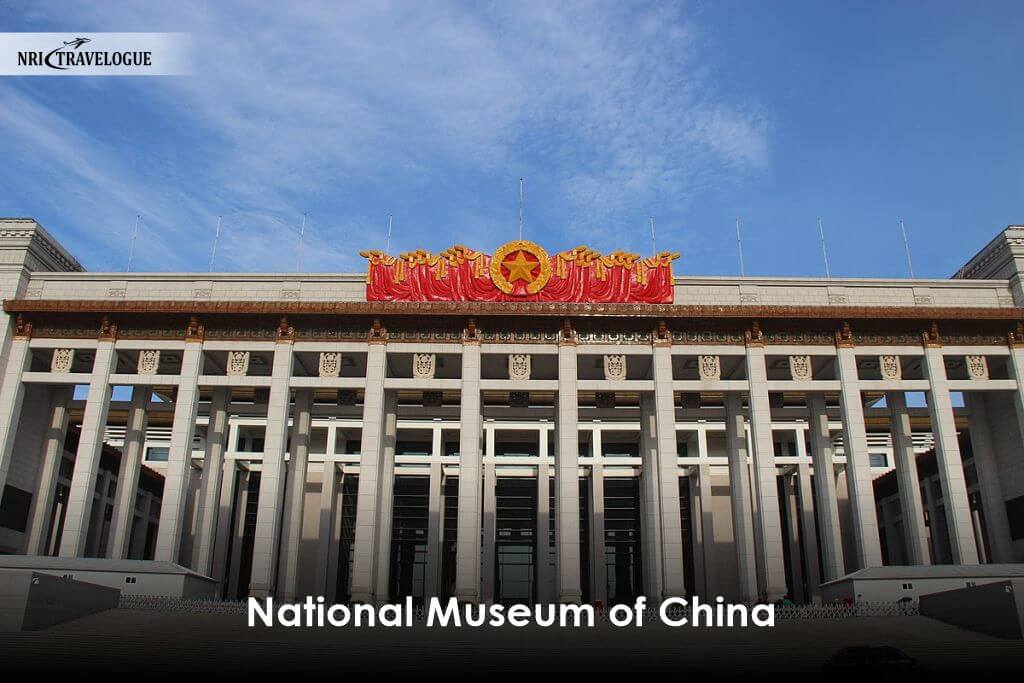
Admission is completely free but you need to bring your ID or passport. Also check out rotating exhibits. They are often stunning.
What’s special:
- Ancient Chinese pottery and weapons
- Silk Road artifacts
- The jade burial suit
- Contemporary Chinese art
7. Musée d’Orsay – Paris, France
Estimated visitors per year: 3 million
Set inside a beautiful old railway station, this museum is pure eye candy. If you’re into impressionist and post impressionist art this is paradise. You can actually see the works by Monet Van Gogh and Degas all under one roof.
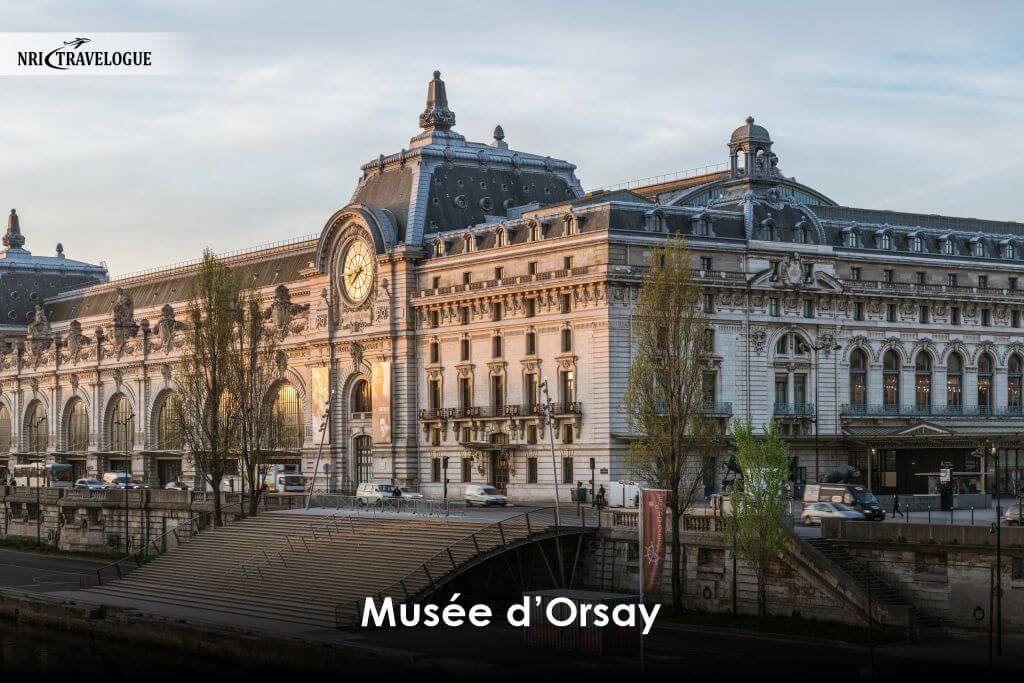
You must go early and head straight to the top floor where the impressionist gallery is. You can just sit on a bench lost and Monet painting feeling like the world has paused just for you.
What’s special:
- Starry Night Over the Rhône by Van Gogh
- Ballet dancers by Degas
- Huge clocks overlooking the Seine
- The building itself is a work of art
8. The State Hermitage Museum – St. Petersburg, Russia
Estimated visitors per year: 4–5 million
Once the Winter Palace of Russian tsars, it’s now a museum But you can actually feel that the royalty lives there. It’s opulent, it’s overwhelming and it’s full of European and Russian art.
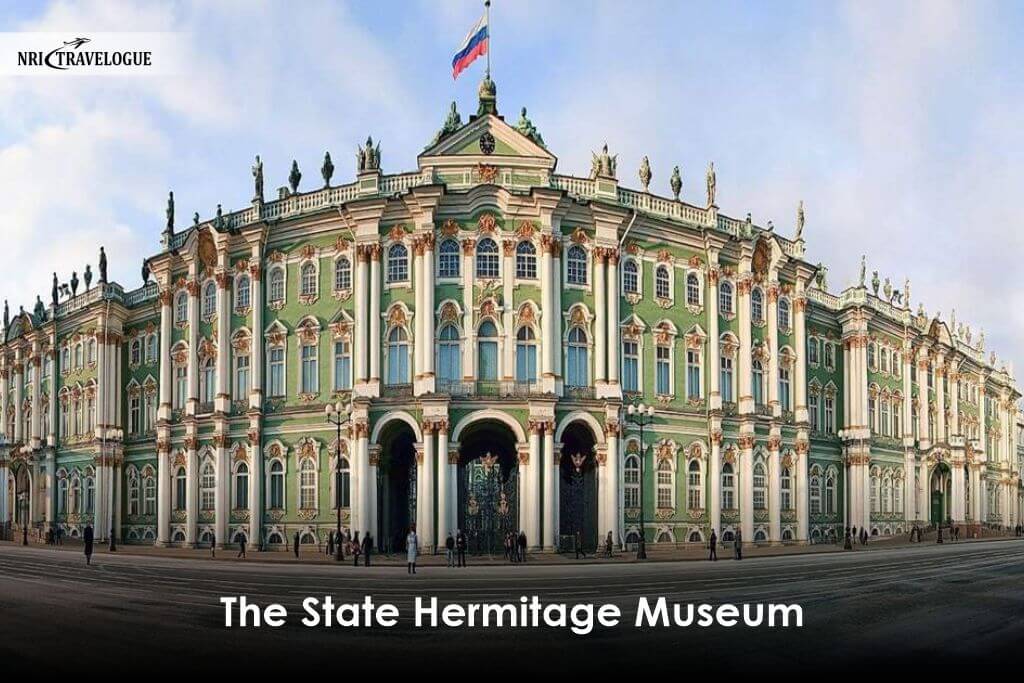
It boasts 3,000,000 items making it one of the largest museums of the world. You must wear comfortable shoes. The place is enormous and spread out over six buildings. Walking through the actual throne room imagining the grandeur and power of history’s most elite is something that you can never forget.
What’s special:
- Fabergé eggs
- Da Vinci and Rembrandt paintings
- Ornate halls with chandeliers and golden trim
- Canals running alongside the building
9. Prado Museum – Madrid, Spain
Estimated visitors per year: 3.5 million
The National Museum of Spain is an art lover’s dream, especially if you love plastic paintings. The Spanish masters shine here. The works are completely emotional, dark, dramatic, and deeply human.
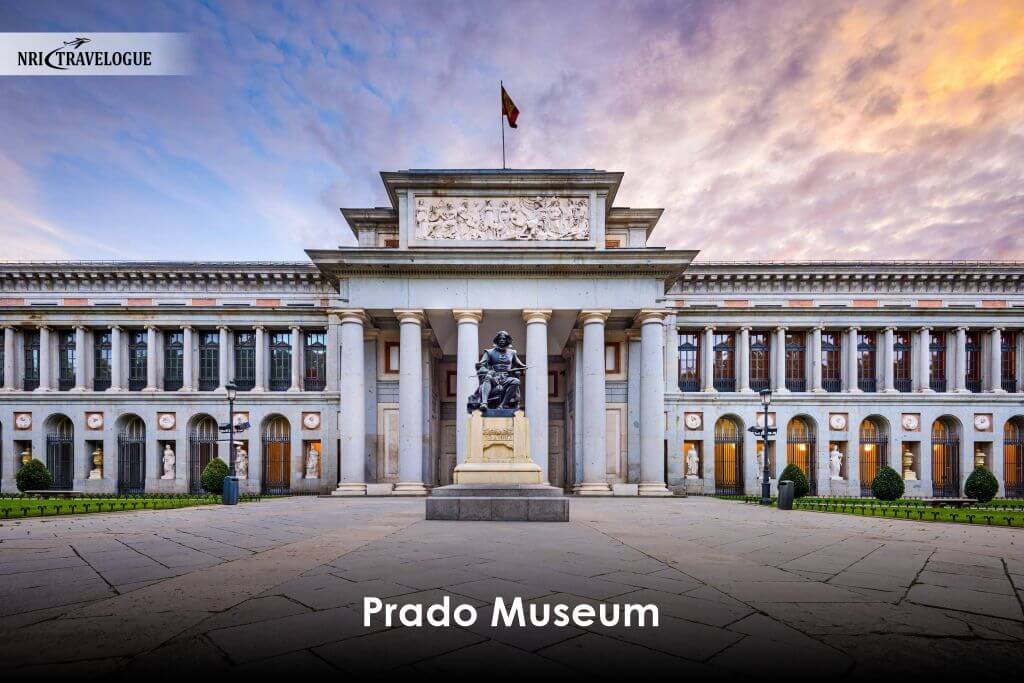
This museum also has a huge collection of Italian masterpieces. The museum is free in the evenings, so you need to check the schedule. When you visit the museum, you can actually have a great connection with the paintings, with the 400-year-old portrait also at times. The eyes, the expression, it’s like they are looking right at you.
What’s special:
- Las Meninas by Velázquez
- Goya’s The Third of May 1808
- Bosch’s surreal and strange Garden of Earthly Delights
- Romantic and Gothic paintings
10. Tokyo National Museum – Tokyo, Japan
Estimated visitors per year: 2.5 million
The museum is actually a gateway into the soul of Japan. The museum focuses on Japanese art and culture, from samurai armor and calligraphy to Buddhist sculptures.
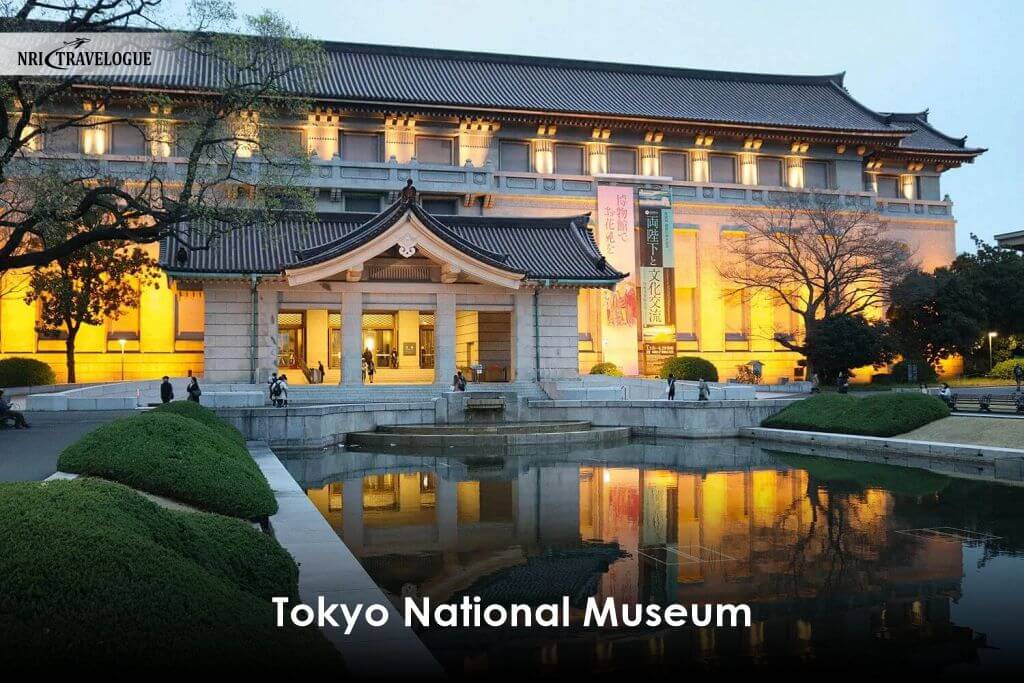
You can buy a combo ticket to access all the buildings and exhibitions. A soft-spoken guard at Boeing politely as you walk in is a great human moment. Quiet respect fills the air, the Japanese way of honoring the past.
What’s special:
- Ancient Buddhist statues
- Samurai swords and armor
- Japanese woodblock prints
- Traditional tea ceremony tools
Why do museums matter?
Millions flock to these places every year because they connect us. They remind you that you are a part of a shared human experience, whether it’s art, science, history, or culture. These museums tell stories about who we are, where we have been, and maybe even where we are going. They help us preserve history, celebrate diversity, and learn with wonder and joy.
So, in short, you can say that museums are not dusty old buildings; they are time machines. They give you a chance to feel the heartbeat of history. Whether you are marveling at a dinosaur or a better sword, or just a gentle watercolor, you are actually stepping into someone else’s world. And in doing so, you understand your own little better. So if you ever find yourself near one of these iconic museums, go inside, slow down, look closely, ask questions, and listen to the silence.
Museums play a very important role in preserving culture, history, and art. They protect priceless artifacts and educate the public, and help you understand the development of human civilizations.
The Louvre museum in Paris, France, consistently ranks as the most visited museum globally, attracting around 8 to 9 million visitors every year.
Not all of them are free, but you can check the official website before planning your visit.


